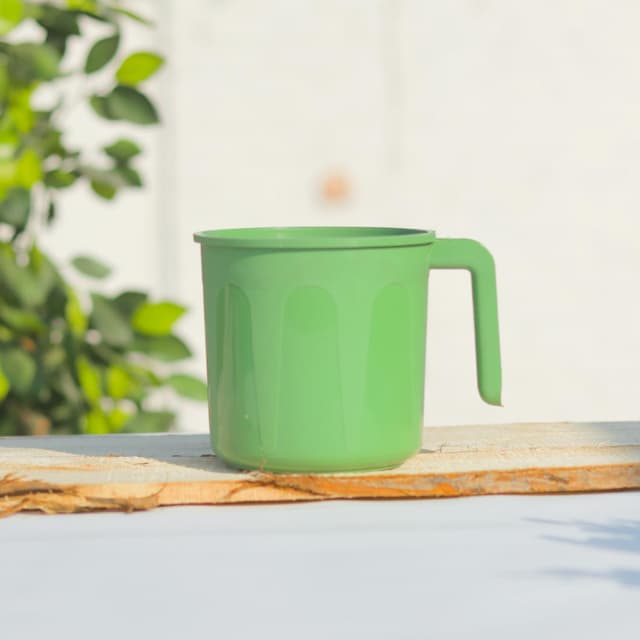Myths about teaching can hold you back
- Year 10
- AQA
- Foundation
Heating different substances
I can explain how a material’s specific heat capacity describes how easily it is heated or how much energy it transfers as it cools.
- Year 10
- AQA
- Foundation
Heating different substances
I can explain how a material’s specific heat capacity describes how easily it is heated or how much energy it transfers as it cools.
These resources were made for remote use during the pandemic, not classroom teaching.
Switch to our new teaching resources now - designed by teachers and leading subject experts, and tested in classrooms.
Lesson details
Key learning points
- Different hot metals, of the same mass and starting temperature, heat a fixed amount of water by different amounts.
- The energy a material has because its particles are moving with forces between them can be labelled internal energy.
- The larger the specific heat capacity of a material, the more energy transferred to increase its temperature by 1ºC.
- The larger the specific heat capacity of a material, the more heating it does as its temperature falls by 1ºC.
Keywords
Temperature - a measure of how hot a substance is; it is related to the kinetic energy of the individual particles
Specific heat capacity - the change in internal energy when the temperature of 1 kg of the material changes by 1°C
Internal energy - the sum of the kinetic energy and potential energy of the particles something is made of
Kinetic energy - the energy an object has because of it's motion
Potential energy - the energy an object has because of its position and the forces acting on it
Common misconception
Pupils confuse ideas about temperature and energy.
Use examples in different contexts to develop and consolidate ideas about differences between temperature and energy.
To help you plan your year 10 physics lesson on: Heating different substances, download all teaching resources for free and adapt to suit your pupils' needs...
To help you plan your year 10 physics lesson on: Heating different substances, download all teaching resources for free and adapt to suit your pupils' needs.
The starter quiz will activate and check your pupils' prior knowledge, with versions available both with and without answers in PDF format.
We use learning cycles to break down learning into key concepts or ideas linked to the learning outcome. Each learning cycle features explanations with checks for understanding and practice tasks with feedback. All of this is found in our slide decks, ready for you to download and edit. The practice tasks are also available as printable worksheets and some lessons have additional materials with extra material you might need for teaching the lesson.
The assessment exit quiz will test your pupils' understanding of the key learning points.
Our video is a tool for planning, showing how other teachers might teach the lesson, offering helpful tips, modelled explanations and inspiration for your own delivery in the classroom. Plus, you can set it as homework or revision for pupils and keep their learning on track by sharing an online pupil version of this lesson.
Explore more key stage 4 physics lessons from the Energy of moving particles unit, dive into the full secondary physics curriculum, or learn more about lesson planning.

Licence
Prior knowledge starter quiz
6 Questions
Q1.Match the following quantities to the unit it is measured in.
kilograms
degrees Celsius
joules
seconds
Q2.Which of the following objects are made from materials that are thermal insulators?




Q3.Complete the statements: Metals are good thermal conductors because they have free which can transfer energy rapidly from one place to another.
Q4.Why is it important to insulate a loft (attic) in a house?

Q5.A pupil is investigating the effect of the thickness of wool insulation on the cooling of a hot water bottle. Which of the following is the dependent variable in the experiment?
Q6.A pupil records the temperature of a cooling object every 60 s. The recorded temperatures are: 80°C, 75°C, 71°C, 68°C and 66°C.
What conclusions can be made from these results?
Assessment exit quiz
6 Questions
Q1.Match the following key words or phrases to their definitions.
a measure of how hot or cold a substance is
change in energy when the temp. of 1 kg of a substance changes by 1°C
sum of the kinetic and potential energy of particles in a substance
the energy an object or particle has because of its motion
the energy an object has because of its position and the forces acting


